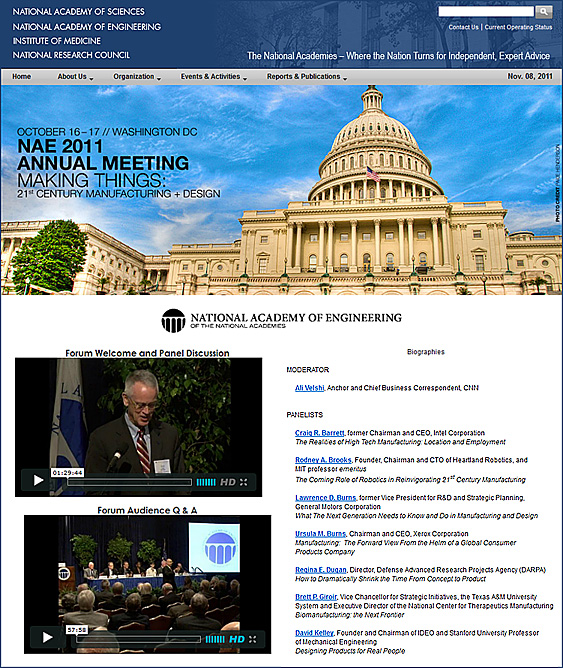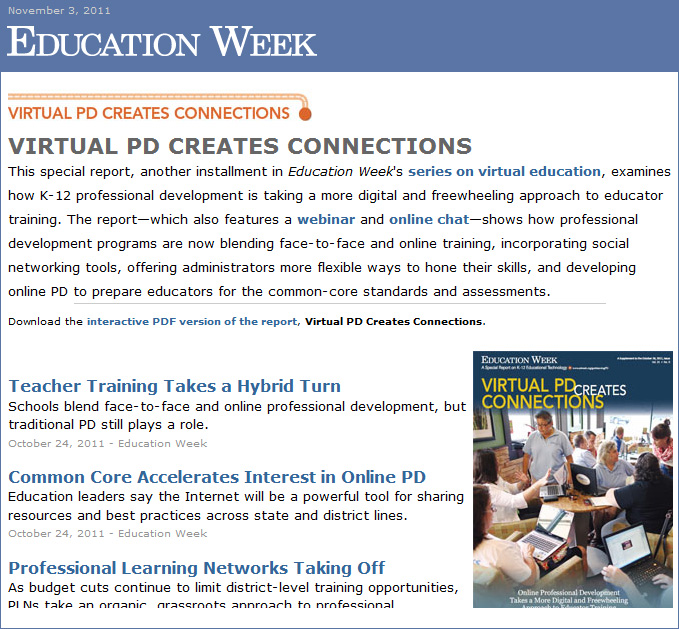iPad-crazed toddlers spur holiday sales — from bloomberg.com by Adam Satariano and Katie Linsell
From DSC:
- From any administrator’s and instructional technologist’s standpoint, this relates to students’ expectations — whether that be in elementary, secondary, or postsecondary learning environments. This also relates to the corporate world as students make their way through their educations and then hit the workplace. They will bring their expectations with them. Are we ready to meet them where they are at?









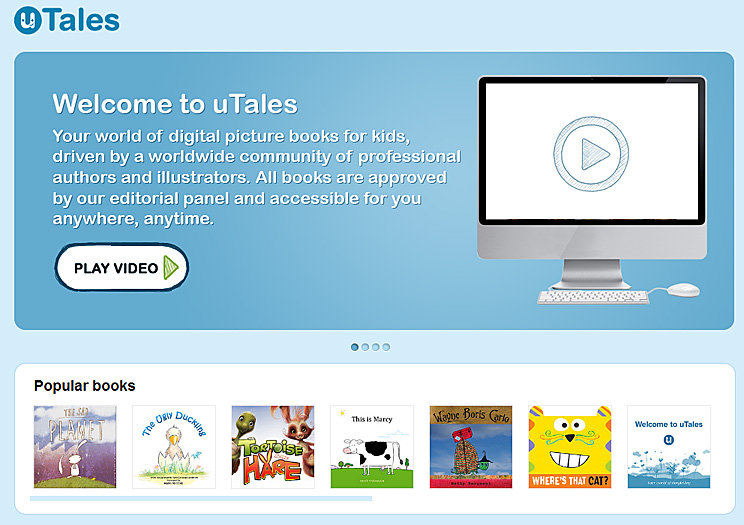




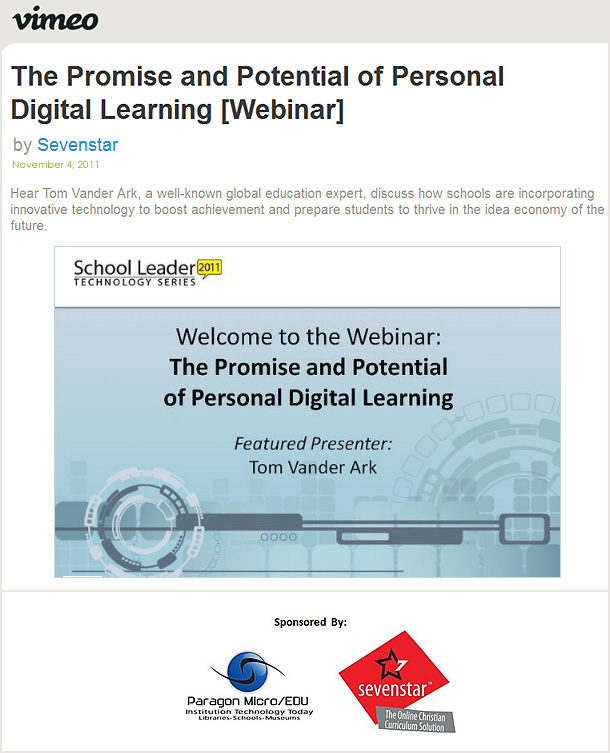
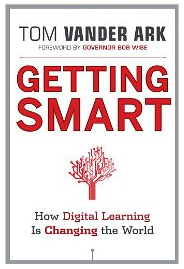

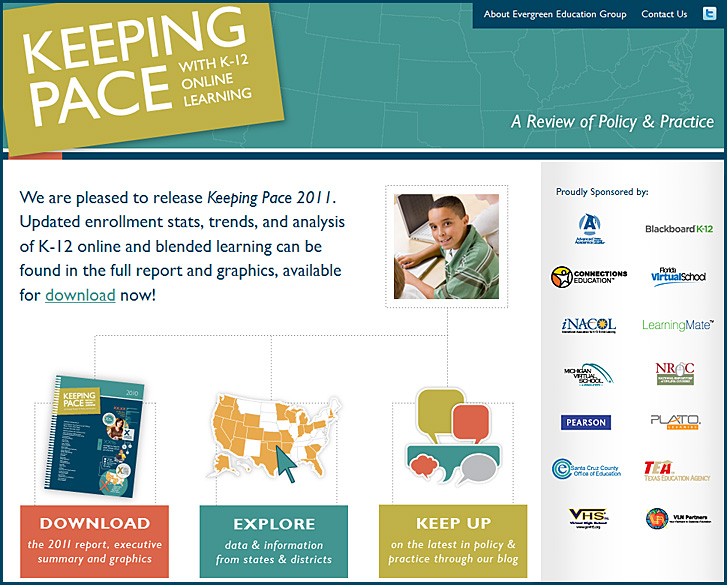
![SmartClass2025-Heppell-11-2011 Smart Class 2025: How to make classrooms engaging [Heppell]](http://danielschristian.com/learning-ecosystems/wp-content/uploads/2011/11/SmartClass2025-Heppell-11-2011.jpg)
